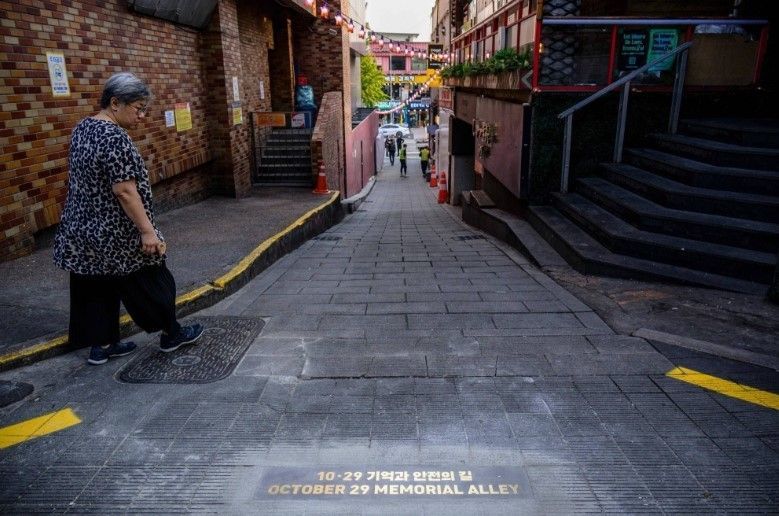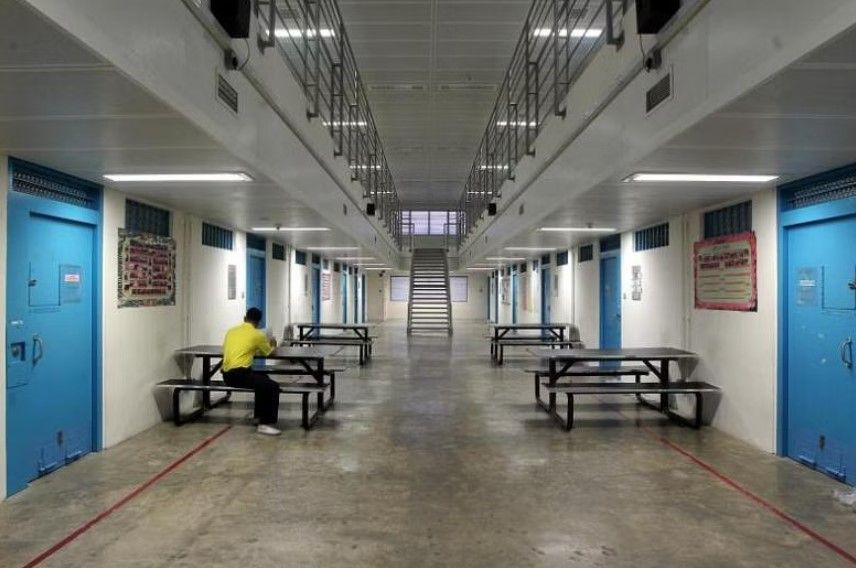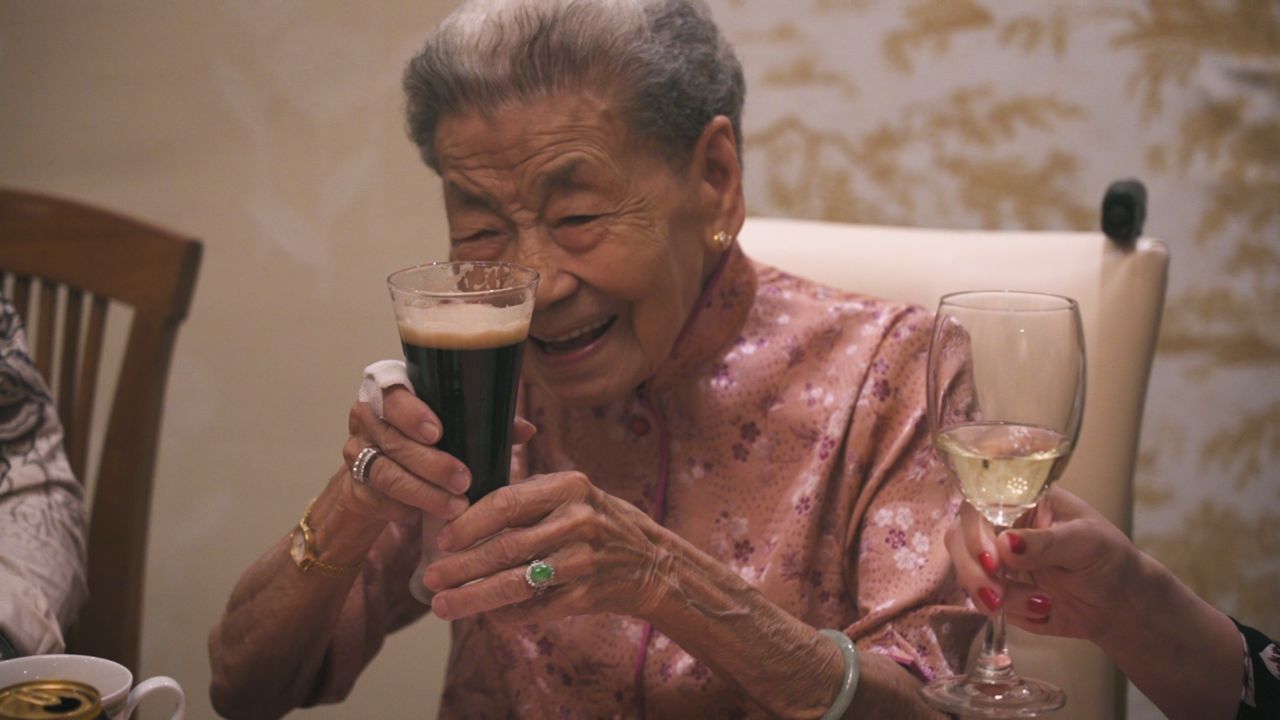No longer/the not yet: The ghosts of Sewol and Itaewon
그것은 매우 슬프고 우리는 울고 있습니다.
희생자의 가족과 친구, 특히 아들과 딸을 잃은 부모에게 깊은 애도를 표합니다.

Source: AP
A nation mourns. A nation mourned.
They were man-made tragedies.
April 16, 2014. Sewol.
October 30, 2022. Itaewon.
The victims of the Sewol ferry tragedy were students and their teachers from Danwon High School in Ansan.
The majority of the victims on 30 October 2022 were young Koreans, from mid-teens to young adults no older than 30 years of age.
South Korea, Ansan. South Korea, Seoul.
The home of K-pop and the nation's soft power. A metropolis.
But today, more than ever before, a necropolis.
The ghosts of Sewol haunt the nation. The deadly crowd crush, almost immediately, reminds the nation of the young lives that were lost in 2014.
The same generation of South Korean youth lost. A nation’s grief has no end.
Incomprehension. Shock. Dismay. In a nation where the birth rate is one of the lowest in the world, it seems that the nation has lost more than its youth.
The rooms in many Korean families will remain empty, in the same state before their children left home for a night's out, for a school trip.
Their beds neatly arranged with the same pillow and blanket intact, waiting to warm the bodies of their owners.
Today, their owners sit in the mortuary. Never to reclaim what’s rightfully theirs.
Their shoes lie in wait. Their personal belongings sunk to the depth of the ocean.
Dreams and hopes for a better future. Aspirations, a life with many returns to look forward to. Their lives, never to be reclaimed.
In no time, to outsiders, Seoul, just like Ansan, will appear like any other city in South Korea. Young adults going about their hectic lives, and young couples planning for their future.
But a closer look would probably reveal a nation struggling to come to terms with the lessons the tragedies of 2014 and 2022 has had brought to bear on the entire nation.
Today, South Korea has lost its youth, their hope for the future, a better future; the generation that may well see the peninsula reunified. Alas, it was not to be.
We can only imagine the hurt and trauma caused to the nation’s psyche. Seoul is, today, a necropolis, a living cemetery. Itaewon will, truly, never be the same again.
In this sense, the ghosts of Sewol and Itaewon are a part of South Korea’s future.
It is a tragedy with many tragedies. Each is a story to be told. Each with its many regrets.
Sewol and Itaewon are certain futures that have the potential to haunt South Korea long after the funerals and the period of mourning are over.
Like ghosts, which are yet to be laid to rest, Sewol is invoked.
Tomorrow, Itaewon will be the next to be invoked, repeatedly, disrupting the present and continuing to remind us of another possible future; a brighter one, in fact.
This is a spectre that will haunt South Korea for years to come.
We just have to cry when it is hard; there is really no other way around it.
The last meal around the dinner table. The last message on Kakao. The day before. On The morning of the tragedies.
The most crushing thing of all, will, unfortunately, be the sense of guilt among parents who feel they have failed to protect their children and are haunted by the memories of how they died.
“I will see you when I get back home” are words that will stay forever silent. They are no longer actionable verbs. They are, today, merely painful memories.

Source: AP
Today, many classrooms and lecture theatres in South Korean schools are gripped with a sense of unprecedented loss.
The present is placed in conjunction with the recent past, when a different path might have been taken, turning points whose promise remains unfulfilled and which, should rightfully, continue to offer us hope for the future.
The no longer and the not yet.
Two opposing currents co-exist with Sewol and Itaewon: the no longer and the not yet.
The former haunts the present from the past, an event (the sinking of the ferry and/or the crowd crush), whose moment is past but which continues to make its presence felt.
The latter haunts the present from the future, through the unfulfilled promise of hundreds of lives that never came to pass.
In fact, the ghosts of Sewol and Itaewon are both simultaneously both absent and present. That, itself, speaks volumes of the tragedy of 16 April 2014 and 29 October 2022.
Today, the survivors. Their fellow brethren and kin of this same generation will carry the torch for a better future for South Korea. They will, and we wish them the very best, live out the hopes and aspirations of an entire generation.
Time stops for hundreds of families on 29 October 2022. It will never be linear again.
May all the deceased persons and their families find rest in the midst of the trauma, that will live with them till the very last day of their being.
Sewol and Itaewon are, today, memorials to (and in) a living necropolis, where grief and loss sit together with the living and their futures.
The price of love is grief, the latter a common denominator of a nation for eons to come.
Top image: Anthony Wallace/AFP via Getty Image


